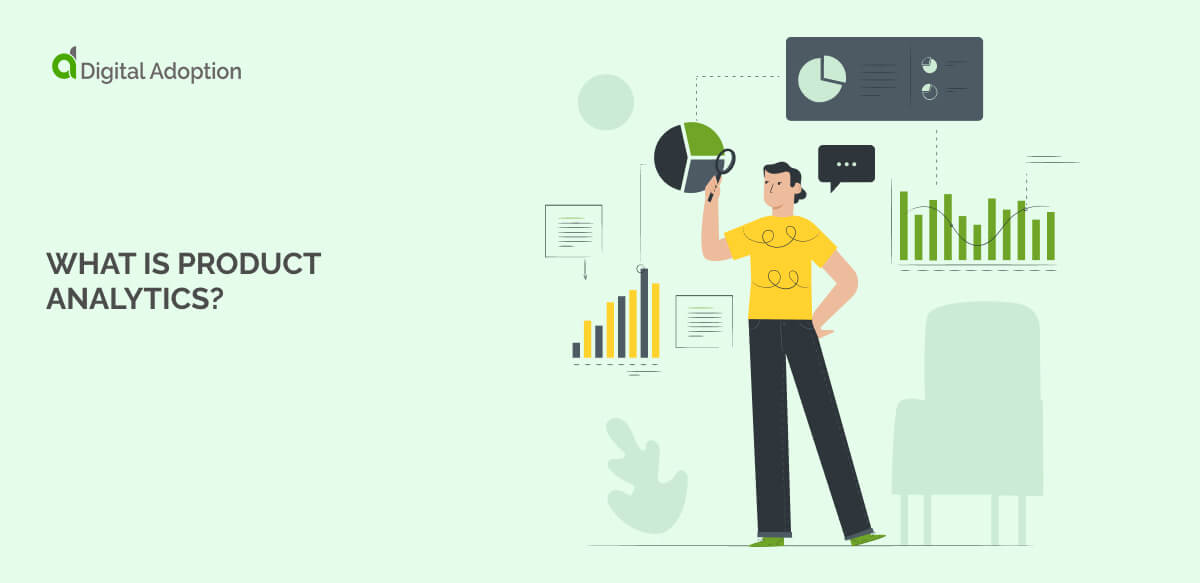What are some examples of product analytics?
Product analytics offers various tools to help businesses understand and improve their digital products.
These features work together to give a full view of user behavior, product performance, and areas to improve.
Each tool serves a specific purpose in product development and improvement, from tracking single actions to showing complex data sets.
Let’s explore ten key features that form the core of effective product analytics:
Funnels
Funnels in product analytics show the user journey through key steps. They help find where users drop off, letting teams improve important paths. Businesses can spot bottlenecks, improve user flow, and increase conversion rates by studying funnel data. Funnels are crucial for understanding how well onboarding flows, checkout flows, and other multi-step user interactions work.
Cohorts
Cohort analysis groups users based on shared traits or experiences within a specific time. This method helps find trends and patterns in user behavior over time. By comparing different cohorts, product teams can assess the impact of changes, measure user retention, and understand how various user groups use the product differently. Cohort analysis is vital for long-term product strategy and user engagement efforts.
A/B testing
A/B testing compares two versions of a product feature or content to see which works better. It involves randomly splitting users into groups and showing them different versions. By measuring how each version performs, teams can make data-based decisions about design, function, and user experience. A/B testing is essential for ongoing improvement and optimization of product elements.
Profiles
User profiles gather individual user data to view user behavior and traits. These profiles help personalize user experiences and inform targeted marketing efforts. Product teams can tailor features and communications to specific user groups by understanding user preferences, habits, and history. Profiles are key to delivering relevant, user-focused product experiences and driving user adoption.
Dashboards
Dashboards show key product metrics and KPIs visually. They offer quick views of important data, helping teams assess product performance and user behavior. Well-designed dashboards simplify complex data into easy-to-understand formats, enabling faster decision-making and trend spotting. They are essential for keeping all stakeholders aligned on product goals and performance.
Segmentation
Segmentation divides users into groups based on specific criteria, such as demographics, behavior, or preferences. This allows for more targeted analysis and personalized strategies. Product teams can tailor features, marketing messages, and user experiences by understanding different user segments to meet diverse needs. Effective segmentation leads to improved user satisfaction and more efficient resource use.
Measurement tools
Product analytics measurement tools quantify user engagement with specific features or aspects of a product. These tools track usage frequency, time spent, and interaction patterns. By measuring feature performance, teams can identify which elements resonate with users and which need improvement. This data-driven approach ensures product development efforts align with user needs and preferences.
Notifications
Notification features in product analytics platforms alert teams to significant changes or events in user behavior or product performance. These real-time alerts help teams respond quickly to issues or opportunities. Notifications can be customized to track specific metrics or thresholds, ensuring that important user activity or product health shifts are promptly addressed. They’re crucial for maintaining proactive product management.
Behavior tracking
Behavior tracking monitors and records user actions within a product. This includes clicks, page views, feature usage, and user flows. By capturing detailed interaction data, product teams gain insights into how users use the product. This information is fundamental to understanding user needs, identifying pain points, and making informed product improvements and feature prioritization decisions.
Heatmaps and session recordings
Heatmaps visually represent user interaction data, showing where users click, scroll, and focus attention. Session recordings capture individual user sessions, allowing teams to observe real user behavior. Together, these tools provide both aggregate and granular views of user interactions. They’re invaluable for identifying usability issues, understanding user preferences, and optimizing user interface designs for better engagement and conversion.

